Scientists Have Discovered Over 30,000 Near-Earth Asteroids. 1,425 of Them Have a Chance to Hit the Earth, Space Agency Reveals
More than half of today's known near-Earth asteroids were discovered in the last six years.
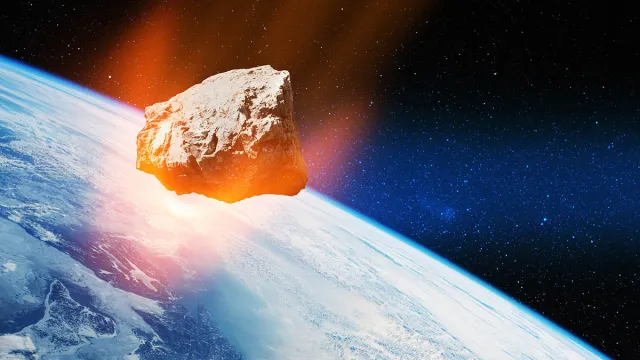
The European Space Agency has announced that there are more than 30,000 near-earth asteroids (NEAs) in the solar system—space rocks (occasionally giant ones) that revolve around the sun on paths relatively close to Earth's orbit. What's more, 1,425 of them have a "non-zero chance of impact." Read on to find out what that is, which asteroid scientists are most concerned about, and what they're doing to defend the planet.
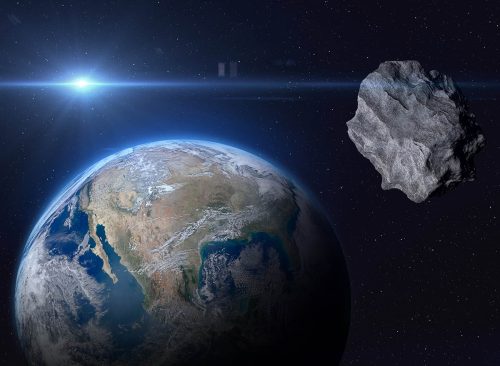
According to ESA, most of the 30,000 NEAs were discovered in the last decade, enabled by increasingly sophisticated technology. "The good news is that more than half of today's known near-Earth asteroids were discovered in the last six years, showing just how much our asteroid eyesight is improving," Richard Moissl, ESA's head of planetary defense, told the Daily Mail. "As this new 30,000 detection milestone shows, and as new telescopes and methods of detection are built, it's only a matter of time until we've found them all."
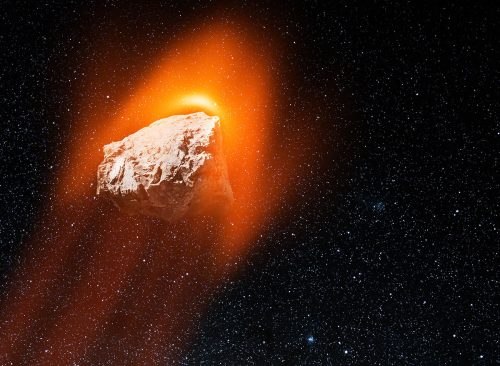
An asteroid is considered "near Earth" when its orbit brings it within 1.3 astronomical units (AU) of the sun. One astronomical unit is the distance between the sun and Earth, or 93 million miles. "Any asteroid discovered near Earth qualifies as a near-Earth asteroid, but many are found far from home," said Marco Micheli, an astronomer at ESA's Near-Earth Object Coordination Center.
"New objects are observed over time, their movements are studied and with just a handful of data points from different nights their future positions can be predicted. Depending on the number and quality of observations, this can extend decades, even hundreds of years into the future."
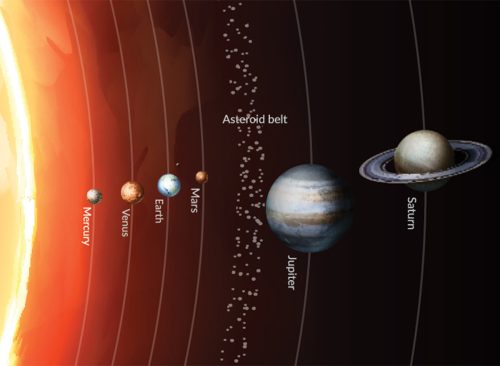
Of the 30,039 NEAs, about 10,000 are larger than 460 feet in diameter, and 1,000 are larger than 3,280 feet in diameter. NEAs make up about a third of the one million asteroids discovered so far in the Solar System. Most of them have been spotted in the so-called "asteroid belt," the area between Jupiter and Mars. The 1,425 that have a "non-zero chance of impact" are being watched closely by astronomers, including ESA's Near-Earth Object Coordination Centre (NEOCC) and NASA's Center for Near-Earth Object Studies (CNEOS).
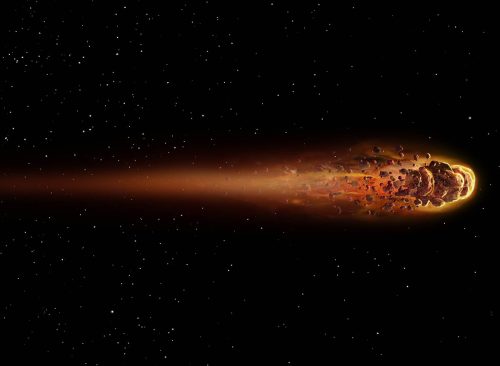
On average, Earth is hit by a large asteroid every 5,000 years, and a civilization-ending asteroid every one million years, says NASA's Near-Earth Object Program.
Although studies discount the likelihood of a major asteroid strike in the next few decades, one is at the top of astronomers' concern list. 1979XB is a 2,300-foot wide asteroid "which would devastate a small country if hit," reports New Atlas. "Worse still, it hasn't been seen since 1979 so astronomers can't pin down where it is now with any real certainty—but there's a small chance it may strike Earth in 2056." There's also a 0.05% chance that 1979XB passes closely by Earth in December 2024.
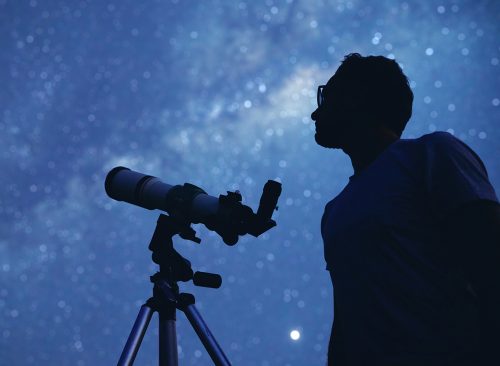
Astronomers have been working on technology to defend Earth against a potentially catastrophic asteroid strike, and the DART mission—in which an unmanned spacecraft roughly the size of a refrigerator was deliberately slammed into an asteroid that posed no threat to Earth—appears to have been successful. Researchers said this month the craft managed to knock the asteroid off its orbit. They hope this could be repeated in the event of an imminent serious asteroid threat to Earth.














